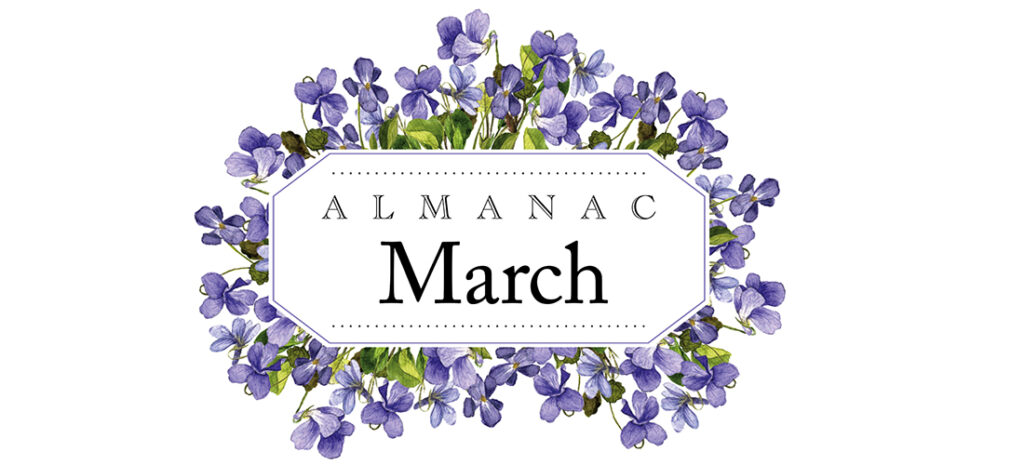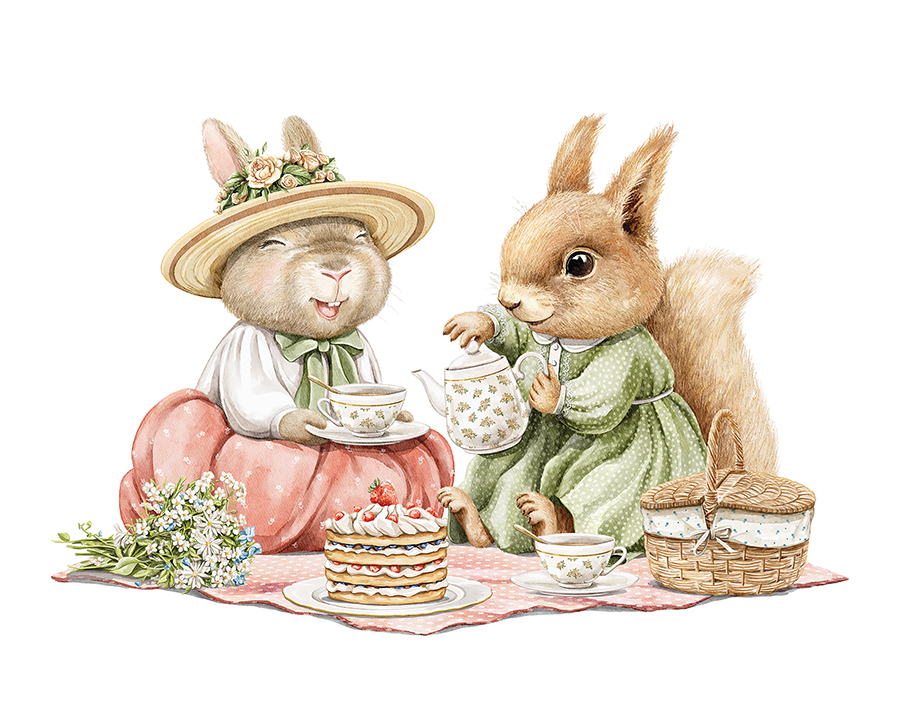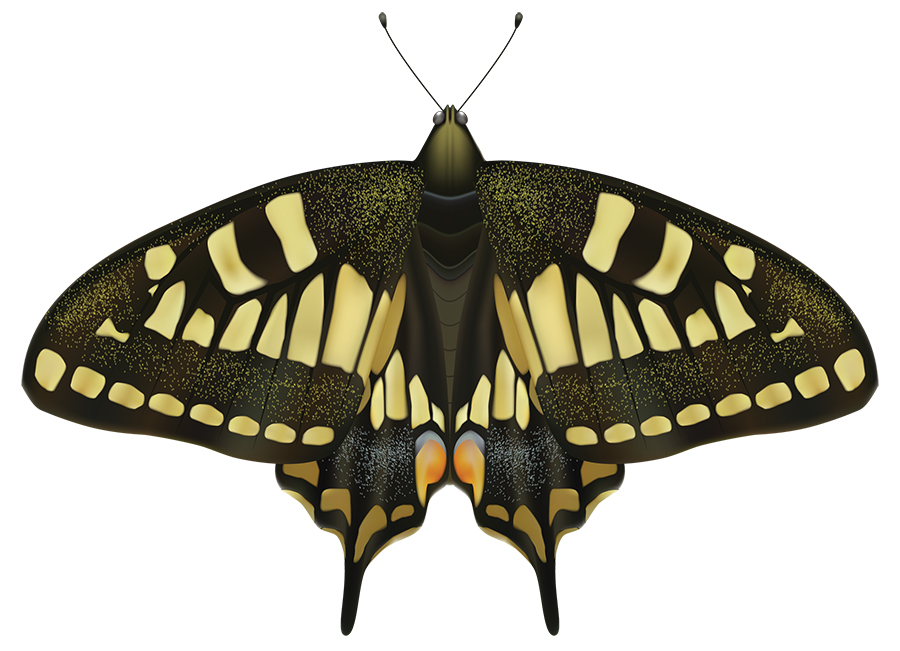Almanac March 2024

 March is a giggle of wild violets, a squeal of flowering redbud, a tea party in the making.
March is a giggle of wild violets, a squeal of flowering redbud, a tea party in the making.
The earth is awakening. As purple blossoms spill across the softening landscape, cottontail rabbits follow. Mingling in sunny patches, they graze on heart-shaped leaves and tender grasses, feast on the freshness of this fragrant spring morning.
In the distance, a pregnant doe plucks clusters of crisp buds from magenta-studded branches. Munching to the tune of chattering squirrel, counter-singing wrens and white-throated sparrow, the deer hears a different kind of music: laughter. One ear back and one ear forward, she pinpoints the source, gently flicks her tail, resumes her browsing.
The children arrive skipping, bare feet in cool grass, eyes bright with life and color. Their pleasure is unmeasured; their vision is clear: wild violet shortbread.
Between cartwheels and somersaults, they gather purple flowers, linger in the sunlight, bask in the welcome, dewy warmth. As they dream up tea and cookies, guests of honor arrive on the wing: bluebird, robin, purple martin, warbler, swallow, towhee, killdeer. The old tabby is near. Early honeybees embrace early dandelions. Her ruby-throated highness takes her throne in a luminous redbud.
Soon, a heap of hand-picked violets becomes a spread fit for a court. Among wild giggles, the children don crowns, wriggle their toes in the soft grass, sink their teeth into the delicate sweetness as the birds sing spring is here.
Spring’s greatest joy beyond a doubt is when it brings the children out. — Edgar Guest
Eye on the Sky
The days are growing longer still. Daylight saving time begins on Sunday, March 10. All the better for soaking up the soft and radiant magic of spring, which officially begins with the vernal equinox on Tuesday, March 19.
According to Scientific American’s “Sky Spectacles to Watch in 2024,” you’ll want to gaze due west aat sunset on Sunday, March 24, when Mercury will appear directly above the sun at twilight. Positioned at its “greatest eastern elongation” (greatest distance from our sun), Mercury will be about 19 degrees from the star that gives us life. A little wink from a tiny, not-so-faraway planet that isn’t always easy to spot.
Nectar, Etc.
 “The first day of spring is one thing,” wrote the late poet and author Henry van Dyke, “and the first spring day is another.” Such is the day that the earliest eastern tiger swallowtail glides across Carolina blue skies.
“The first day of spring is one thing,” wrote the late poet and author Henry van Dyke, “and the first spring day is another.” Such is the day that the earliest eastern tiger swallowtail glides across Carolina blue skies.
The first broods of our official state butterfly are on the move. With a wingspan up to 5 1/2 inches, this eye-catching swallowtail is recognized by its black and yellow tiger stripes and three-lobed hindwings. Most females have a low row of iridescent blue markings on their hindwings. However, they can also occur in a dark color phase, causing humans and male tiger swallowtails alike to mistake them for a different species.
Want to take a closer look? Attract swallowtails to your own garden with native pollinator plants they won’t be able to resist. And if you’re looking for suggestions, check out North Carolina Wildlife Federation’s list of native trees, shrubs and flowers here: ncwf.org/habitat/native-pollinator-plants. PS
